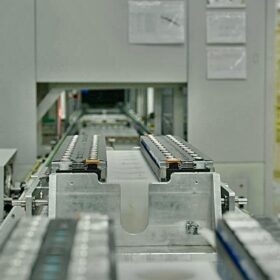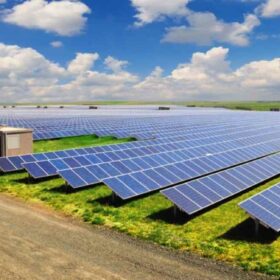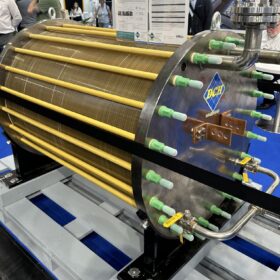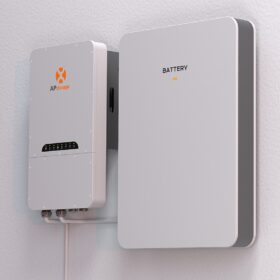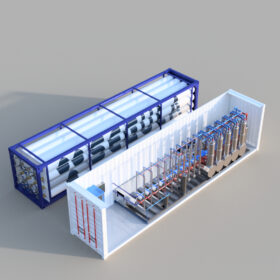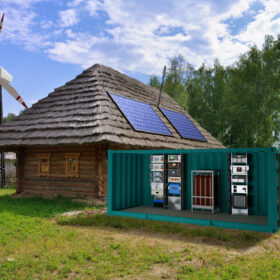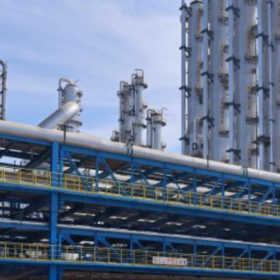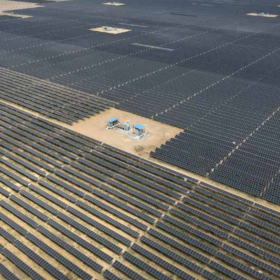Replus to expand battery facility to 6 GWh
Replus Engitech will expand its battery energy storage and EV battery production facility to 6 GWh by the end of the next year. Currently, the company has 1 GWh of cell-to-pack manufacturing capacity in Pune.
Transforming discarded batteries into valuable resources
Rather than viewing battery recycling as waste management, it should be reframed as an economic and industrial opportunity. Advanced recycling techniques can recover up to 95% of lithium, cobalt, and nickel, reducing India’s reliance on raw material imports.
Renewable energy sector in 2025 and beyond
Governments worldwide are enacting policies that encourage investment in green technologies. As businesses recognise the long-term benefits of transitioning to renewable sources, private capital is increasingly flowing into innovative projects that promise sustainable returns.
The Hydrogen Stream: Chile selects electrolyzer companies for local assembly
Chile’s economic development agency Corfo has selected three companies – two Chinese and one Spanish – to build electrolyzer production facilities in the country. The projects, set to begin operations by mid-2026, will assemble alkaline and proton exchange membrane (PEM) electrolyzers ranging from 50 kW to 5 MW.
Meghalaya’s Gnanamma Healthcare Centre transitions to near net-zero electricity with solar plus storage installation
The newly installed 6.05 kW solar plant and 21.6 kWh battery energy storage now meet up to 100% of the health facility’s electricity needs.
Home batteries vs. power generators
Assessing the difference in cost, functionality and operations of fueled generators versus home batteries.
Compressed air energy storage system for homes, businesses
Segula Technologies has launched its Remora Stack product, a containerized isothermal air compression storage solution the company claims is 70% efficient.
Challenges and opportunities for lithium-ion battery recycling in India
A new study examines the current status of lithium-ion battery consumption, and challenges and opportunities in the Indian recycling landscape.
Fraunhofer showcases hydrogen microgrid platform
The Fraunhofer Institute for Machine Tools and Forming Technology IWU will showcase a new hydrogen microgrid platform at the end of March. The researchers say it could help to serve hospitals, remote rural areas and war-torn regions.
Indian researchers develop photo-assisted, self-chargeable energy storage device utilizing VO2/WO3 cathode
The researchers say the photo-assisted, self-chargeable aqueous Zn-ion energy storage device demonstrated a remarkable 170% increase in charge storage capacity at a constant current density of 0.02 mA/cm2 under consistent light exposure. Self-charging took 140 s to reach the potential of 0.9 V.
